Guest Interview with Historian and Author Helene Harrison
We’re delighted to welcome the Tudor Blogger for an exclusive Q&A
In this Q&A, we ask Helene about her latest book, her views on the portrayal of Anne Boleyn in Hilary Mantel’s Wolf Hall Trilogy, and Claire Foy’s haunting performance in the BBC TV adaptation.
Your new book, 'The Many Faces of Anne Boleyn', explores how Anne has been interpreted and reimagined throughout history and culture. What drew you to this subject, and how do you think portrayals over the centuries have reflected or distorted her true legacy?
Helene: Thank you for having me! I’ve been researching Anne Boleyn since 2010 when I began thinking about what I wanted to do for my undergraduate degree history dissertation. In discussion with my supervisor, I decided to look at Anne Boleyn’s public image, which then developed into my master’s dissertation on interpretations of Anne in literature and film. This book combines the two and expands outwards to discuss perceptions of Anne Boleyn across 500 years.
I think it’s important to understand how perceptions change over time, and how our understanding of Anne Boleyn today has been influenced by those that have gone before. We need to strip back what’s been added to get back to the facts that we actually know. Today, Anne is often sexualised as in Showtime’s ‘The Tudors’ though we see a less sympathetic and more politically motivated Anne in Hilary Mantel’s ‘Wolf Hall’.
These portrayals can reveal a lot about how Anne Boleyn’s image has changed over time and that in itself can be revealing, and that’s what made me want to explore the full 500 years since Anne Boleyn lived.
As someone who studies both academic history and popular media, how do you think fictional depictions, such as in Hilary Mantel’s Wolf Hall, shape the current public understanding of Anne Boleyn?
Helene: I think fictional depictions have a huge impact on the current public understanding of Anne Boleyn. The amount of people on social media who base their knowledge of Anne solely on what they’ve seen on screen or read in novels I find a little disturbing really. They’re interesting and entertaining to watch and read, but they need to be taken with a grain of salt.
I think in many ways we are developing a culture of accepting these dramatic fictional portrayals as fact, and they may be based on a true story, but they are made for entertainment first and foremost. Frankly, I find the original sources much more interesting, even though Showtime’s
‘The Tudors’ is a guilty pleasure of mine, and I love re-watching ‘Anne of the Thousand Days’ and ‘Wolf Hall’ as well.
What I particularly enjoyed writing ‘The Many Faces of Anne Boleyn’ was examining which sources the fictional interpretations had used to inform their stories, and how much of the spoken dialogue came from original sources. For example, in ‘The Tudors’ they make good use of the love letters throughout season one, and we have instances of Thomas Wyatt’s poetry being quoted. ‘Wolf Hall’ covers some lesser-known aspects of Anne’s life including Elizabeth Barton, the Holy Maid of Kent. Bringing these real sources and lesser-known aspects into fictional portrayals opens them up to a wider audience, which is really important.
Hilary Mantel, in her Reith Lectures, stated that when we die, we "enter into fiction" and become part of the narratives shaped by the living. How do you think Anne is publicly perceived today compared with the time immediately after her execution?
I think that with Anne Boleyn’s execution doubt began to creep in almost immediately about the veracity of the charges against her. Even the Imperial ambassador, Eustace Chapuys, expressed doubts, and he was certainly no fan of Anne’s! Today, it is largely accepted that Anne was innocent of the charges for which she died but she is widely talked about today, where after her death her existence was almost wiped out.
Stephen Greenblatt’s book on Renaissance Self-Fashioning was important to me in putting together my book because I was intrigued by the idea that we can fashion our own image, and this works with Mantel’s assertion that, when we die, we enter into fiction. We can only have some kind of influence over our own image while we live, but when we die, we lose the ability to influence our own image.
This is what happened to Anne Boleyn. She tried to assert herself and shape her own image as far as she could, but I think her image has changed irrevocably since her death, first being effectively almost wiped out of existence and then gradually restored, and now one of the best known queens of English history with a presence in fiction, on screen, and on stage, as well as a huge range of merchandise with her (supposed) face and name on.
Claire Foy’s portrayal of Anne Boleyn in the BBC adaptation of Wolf Hall / Bring Up The Bodies can be viewed as both elegant and tragic. What stood out to you most in her interpretation of Anne’s character?
I really enjoyed Claire Foy’s portrayal of Anne Boleyn. It was very different to any other that I’ve seen. But what made it so different was that it was Anne through Thomas Cromwell’s eyes, so it wasn’t a particularly sympathetic portrayal, and I think that’s important to remember. I always see the real Anne Boleyn as being somewhere between Claire Foy’s portrayal and that of Genevieve Bujold in ‘Anne of the Thousand Days’.
Genevieve Bujold captured Anne’s fire and spirit and the sunshine and storms relationship that I think they had. Claire Foy captured more of the political side of Anne, how involved she was with the ‘Great Matter’ and how much influence she had over the king. I also loved the French lilt in her accent which I think Anne probably did have in reality.
I think Claire Foy also really captured Anne’s underlying fear in everything. She seemed constantly on edge and would lash out, which probably does echo what Anne Boleyn was feeling. She was in a unique position, replacing a much-loved queen who the king had put aside, and the king overturned the religion of the country in order to marry her.
How do you think the TV series and the novel portray the complicated relationship between Anne Boleyn and Thomas Cromwell?
As I said in my previous answer, we must remember that we are seeing people and events through Cromwell’s eyes in ‘Wolf Hall’ including Anne Boleyn. The pair did have a complex relationship – I’m not convinced that there was a concerted alliance between the pair as I think Cromwell turned far too quickly and completely against Anne for that to be true.
Their relationship was complex, and I think it was always going to be challenging to portray that on screen. We do get more detail on the relationship in Mantel’s original novels, but it is also well done on screen. Their first meeting on screen we get a sense of the relationship Mantel wanted to portray – Anne Boleyn was asserting herself as the future queen seeing Cromwell as nothing more than a diligent servant, his loyalty still in question because of his relation to the fallen Wolsey.
Even as the series progresses, the relationship between Anne and Cromwell remains in the same state in Anne’s eyes, though Cromwell rises through the ranks to have a much closer relationship with the king. He has more influence to exert, and this is when we see Anne become seemingly more paranoid. It’s an interesting interpretation of the relationship between Anne and Cromwell.
You’ve written extensively on Tudor women and the perception of queenship. What new or lesser-known insight did you most enjoy bringing to light in ‘The Many Faces of Anne Boleyn’?
I find women’s history to be incredibly interesting. I did a module on women, crime and subversion at university, and the female experience as well, and I found them both absolutely fascinating, particularly looking at women in power.
I find the work of Nicholas Sander to be fascinating. This is often where people get the assertion from that Anne Boleyn was accused of witchcraft at her trial, which just isn’t true. Anne wasn’t accused of witchcraft and Nicholas Sander never called Anne a witch. It is Sander where we get the accusations of Anne being covered in moles, having a large wen under her chin, and a sixth finger. But Sander’s intention was to show Anne as a witch to undermine her daughter, Elizabeth I’s, rule. I have to thank Sylvia Barbara Soberton for her work on the subject.
But I also really enjoyed highlighting two lesser-known novels which feature Anne Boleyn – ‘The Boleyn King’ by Laura Andersen, and the ‘Kindred Spirits’ series by Jennifer C. Wilson. The first is an alternate history of what could have happened had Anne birthed a son from her final pregnancy in 1536, and the second is actually set in the modern day based on the lives of the ghosts in the Tower of London. I wanted to highlight some very different portrayals of Anne against the more traditional novels.
Many thanks to Helene for these wonderful insights, and you can discover more about Helene and her books here: https://www.pen-and-sword.co.uk/Helene-Harrison/a/4659
To experience an immersive weekend focused on Hilary Mantel’s Wolf Hall Trilogy, book your tickets soon for Wolf Hall Weekend 2026 https://wolfhallweekend.com —a two-day celebration of literature, history, and performance beside the Tower of London.
Wolf Hall Weekend by The Tower 2026
Wolf Hall Weekend by The Tower 2026 - Saturday 6th and Sunday 7th June






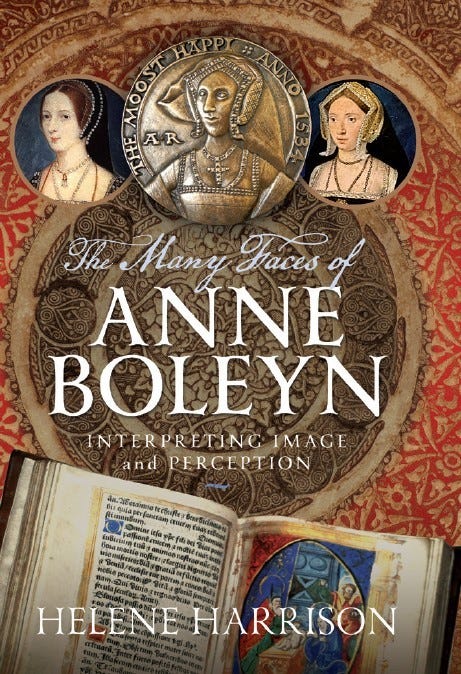
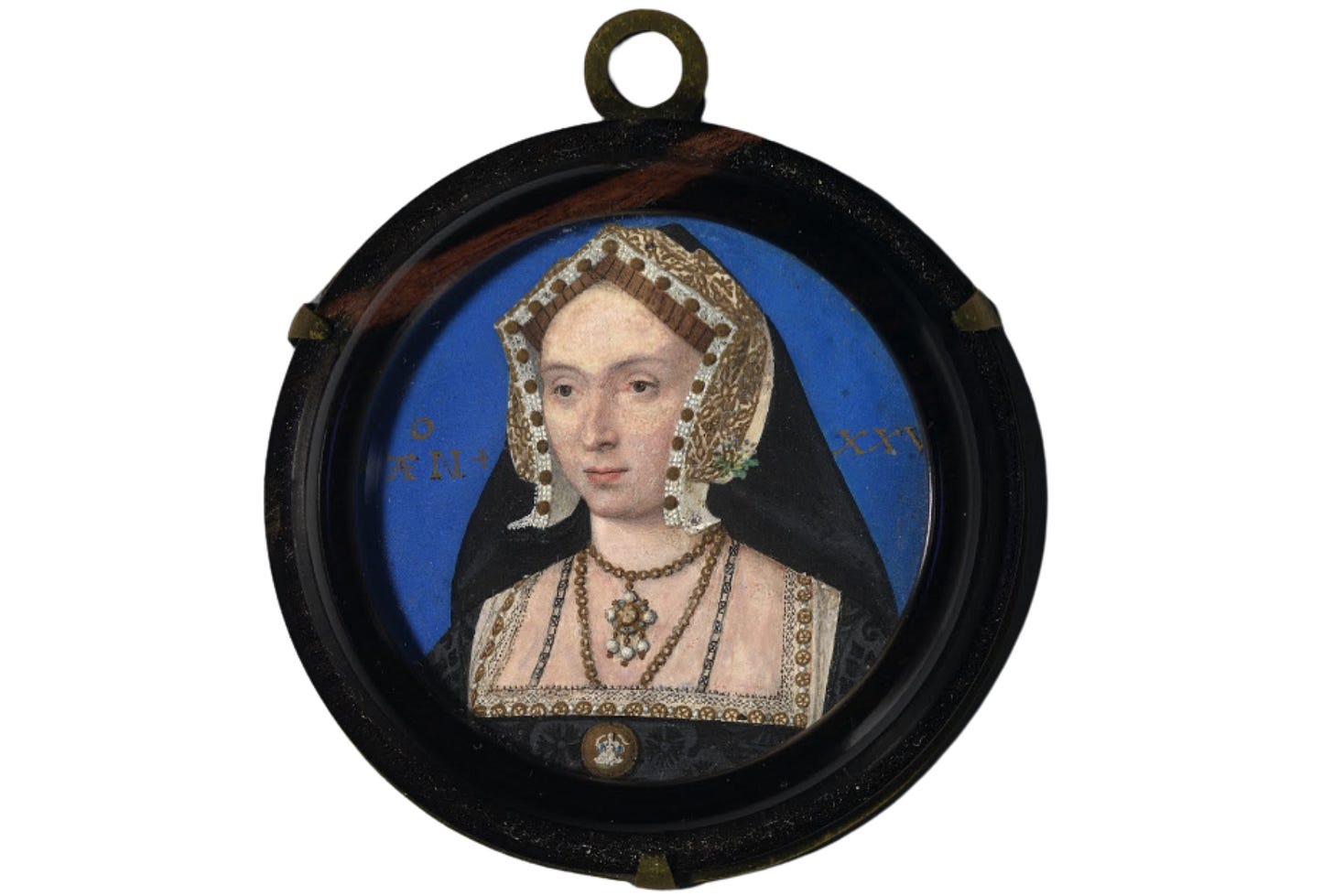
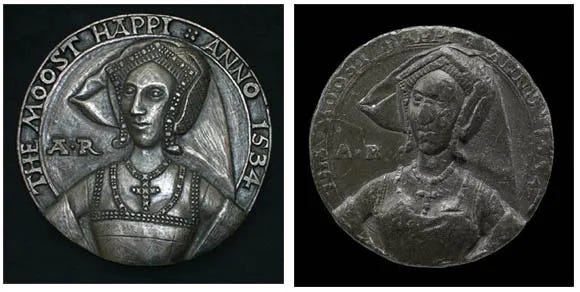
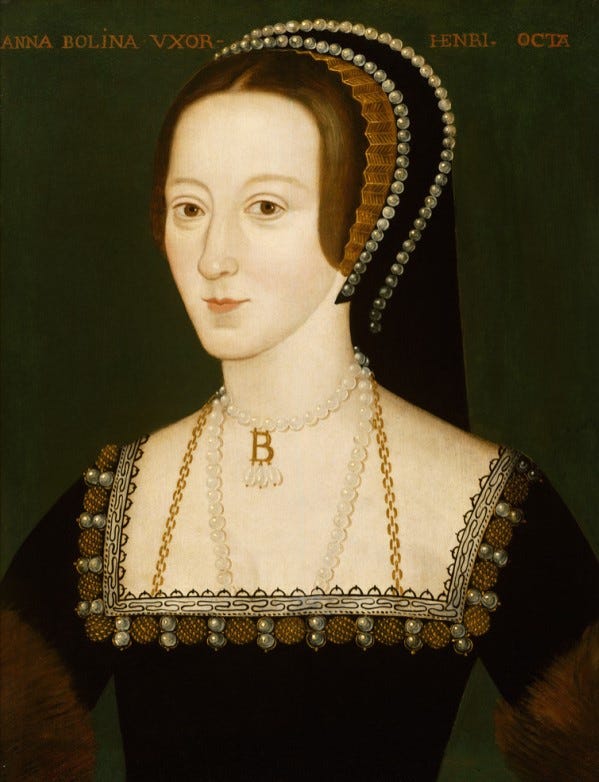
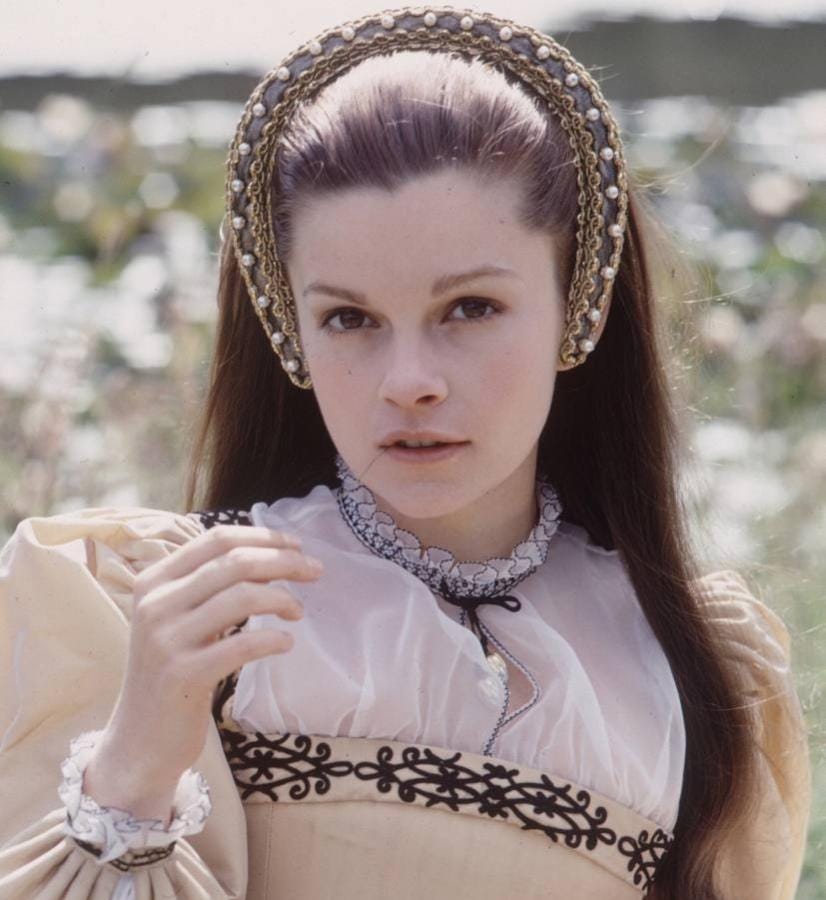
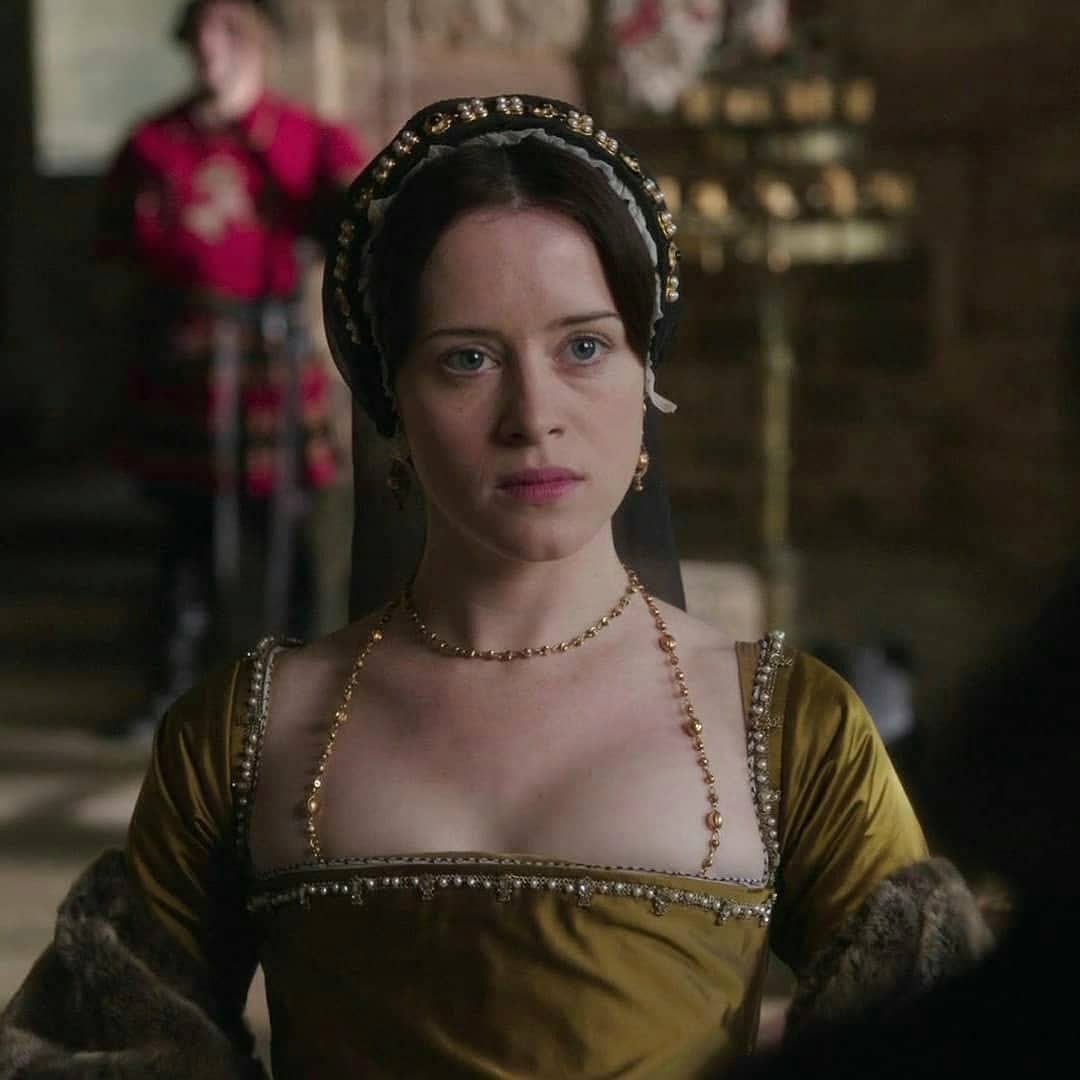

An incredibly interesting post thank you for sharing. I have read and enjoyed The Many Faces of Anne Boleyn, and now want to get my hands on a copy of Greenblatt's book on Renaissance Self- Fashioning.